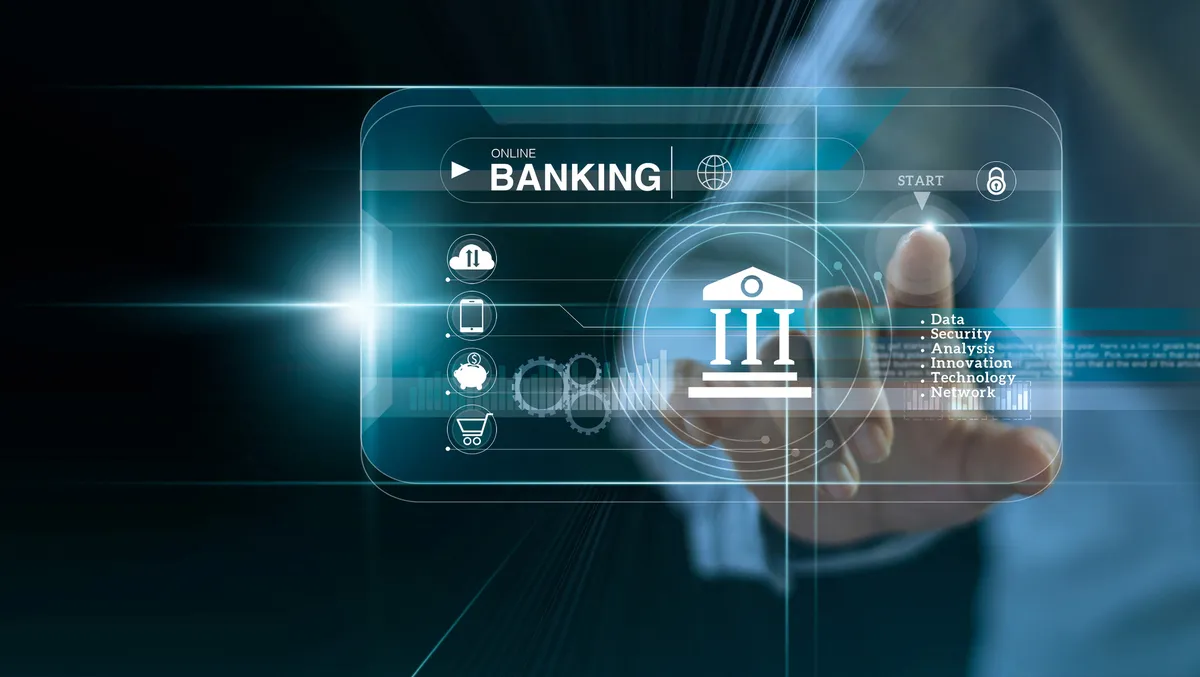
The banking industry as a whole is undergoing a digital transformation, challenging the supremacy of established banks that have, for decades, been at the heart of the global financial system. To stay relevant, those established banks must start thinking and acting more like innovative, agile fintechs and challenger banks.
Implementing new technologies is a logical start, but what banks truly need is an entirely new operating model, which we call Banking as a Service (BaaS). Back in late 2020, it was still a nascent concept with few examples in action.
Now, things are different. The shift from legacy banking processes toward BaaS is well underway, and that will only continue to accelerate. Banks are already experiencing many benefits from BaaS adoption, including new revenue streams, higher customer acquisition and retention, and greater business agility and cost-efficiency. In contrast, banks not capitalising on BaaS are increasingly at risk of being marginalised and left behind by their more digital-savvy competitors.
BaaS exposes banks to new supply chain models, including B2B2B and even B2B2C. These models are highly interconnected; to successfully apply them, banks need IT infrastructure that’s agile, instant and intelligent. For established banks that have spent many years investing in a more siloed, traditional approach to IT, making this shift may be easier said than done.
What is Banking as a Service?
BaaS is a new business model that involves non-banking brands embedding financial services into their customer experience, selecting those services from a modularised, API-driven banking stack. A BaaS business model can help both banks and their partners reach more customers quicker, and in more innovative ways. There are several different approaches to BaaS:
White-label banking
White-label banking is when a third party offers customer-facing financial services under its own branding, with the help of a banking partner. This can be beneficial for both partners: the bank can expand its reach to a much wider pool of potential end users, while the non-bank partner can offer financial services without the difficult and time-consuming process of acquiring a banking license.
Platform banking
Platform banking is essentially the inverse of white label banking with one bank offering services from many different partners. In this case, the partners benefit from easy access to a wider base of potential customers. In turn, the bank can offer a better customer experience through a wider range of services, all accessed from the same bank account. Examples of potential platform banking services include crowdfunding, peer-to-peer payments, insurance, and wealth management.
Open banking
Open banking is technically not BaaS in the true meaning of the term, but it makes sense to mention them both in the same context. Like BaaS, open banking involves a collaboration between a bank and third-party partners via an API platform. However, rather than directly acquiring banking services to offer end users, as in the case of white-label banking, partners in an open-banking model use the API platform to access valuable customer data, which they can then use to develop their own targeted products and services.
Why established banks need BaaS
Historically, banks developed products within the silos of their IT infrastructure, which meant it could take months or even years to develop and release a new product, impeding the banks’ ability to respond quickly to market shifts or rapidly changing consumer preferences.
In addition, banks couldn’t communicate or collaborate across silos, resulting in a negative user experience. If a customer wanted multiple services from the same bank, such as a savings account and a mortgage, they’d need to complete a separate application for each service, even if both asked for the same information. Inefficiencies like this that make it difficult for existing customers to buy additional services is less than ideal.
Finally, with many banks struggling to add new customers during a time of slow growth and increased competition, where they only sell traditional banking products via traditional channels exacerbates this issue, since they’re only competing for a small slice of the overall financial services pie.
Taken separately, each of these problems would be easy enough to ignore, especially back when they didn’t have any better options. Now, at a time when many have already started to leverage BaaS to its full potential, banks that continue to ignore these issues do so at their own risk.
What does it take to do BaaS right?
Banks have traditionally relied on IT infrastructure that was never intended to enable open partner collaboration. Taking advantage of a new and different business model requires them to take a new and different approach to digital infrastructure.
Key to this is moving infrastructure to the cloud and the digital edge; in addition to getting closer to potential BaaS partners and end users, migrating to cloud based infrastructure increases flexibility, lowers costs and modernises processes.
Most banks achieving success with BaaS do so using a hybrid multicloud approach, with compute, storage and services spread across on-premises, private cloud and public cloud environments. This provides the flexibility to modernise certain processes on the cloud, while also maintaining other processes on on-premises systems and servers. As a result, banks can begin addressing the shortcomings of their legacy infrastructure in an incremental fashion, rather than abandoning it outright.
To be successful with hybrid multicloud for BaaS, banks need to be able to get data to partners and service providers with speed, reliability and scalability. They also need to reach those partners no matter where in the world they are. This is where a carrier-neutral colocation partner can help with the geographic reach to be successful in an increasingly global economy. Further, a software-defined interconnection solution can give banks the private, dedicated connectivity they need, from wherever they are to wherever their partners are. Finally, a rich partner ecosystem ensures banks can take advantage of low-latency connectivity to the providers of their choice.